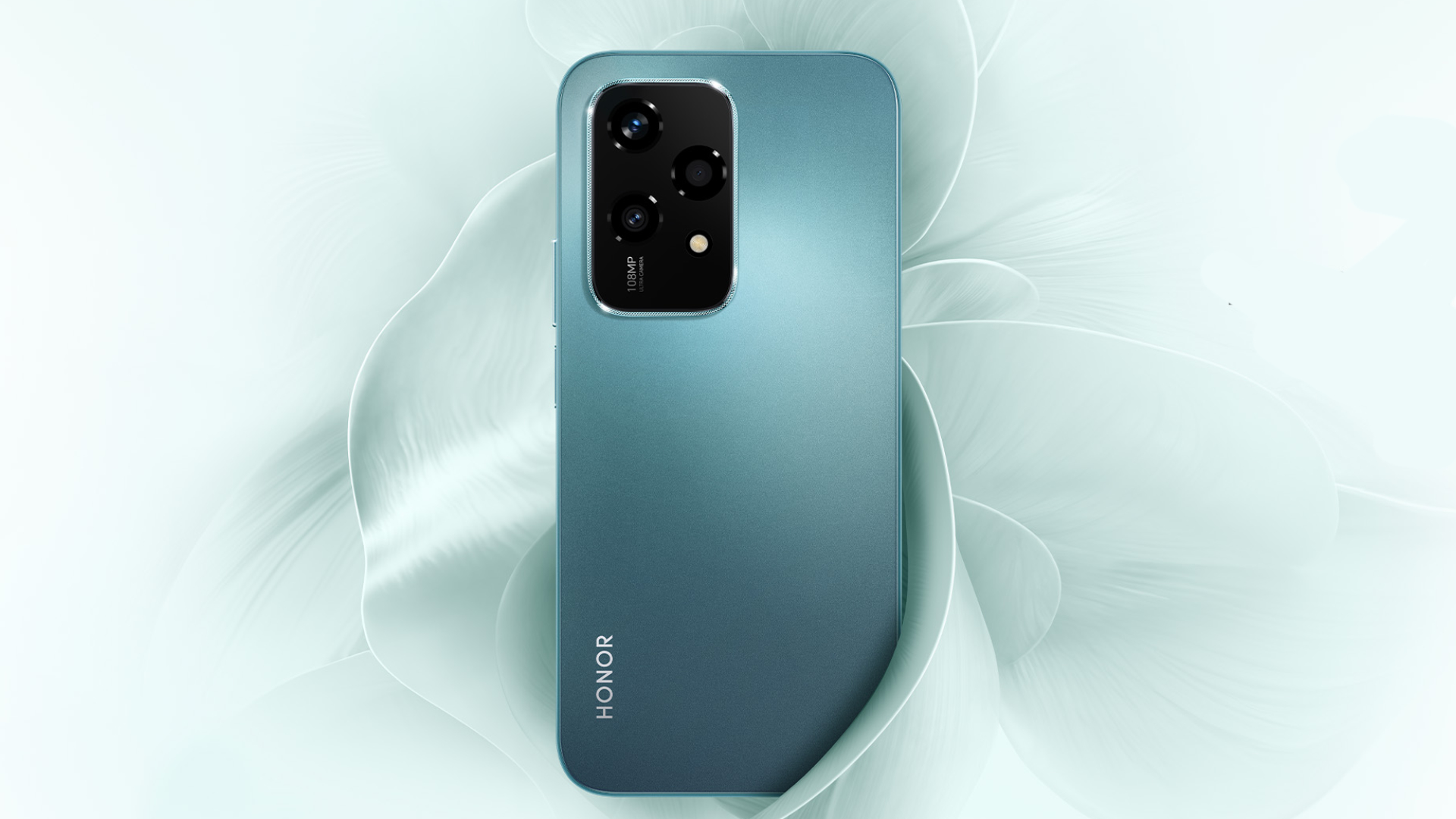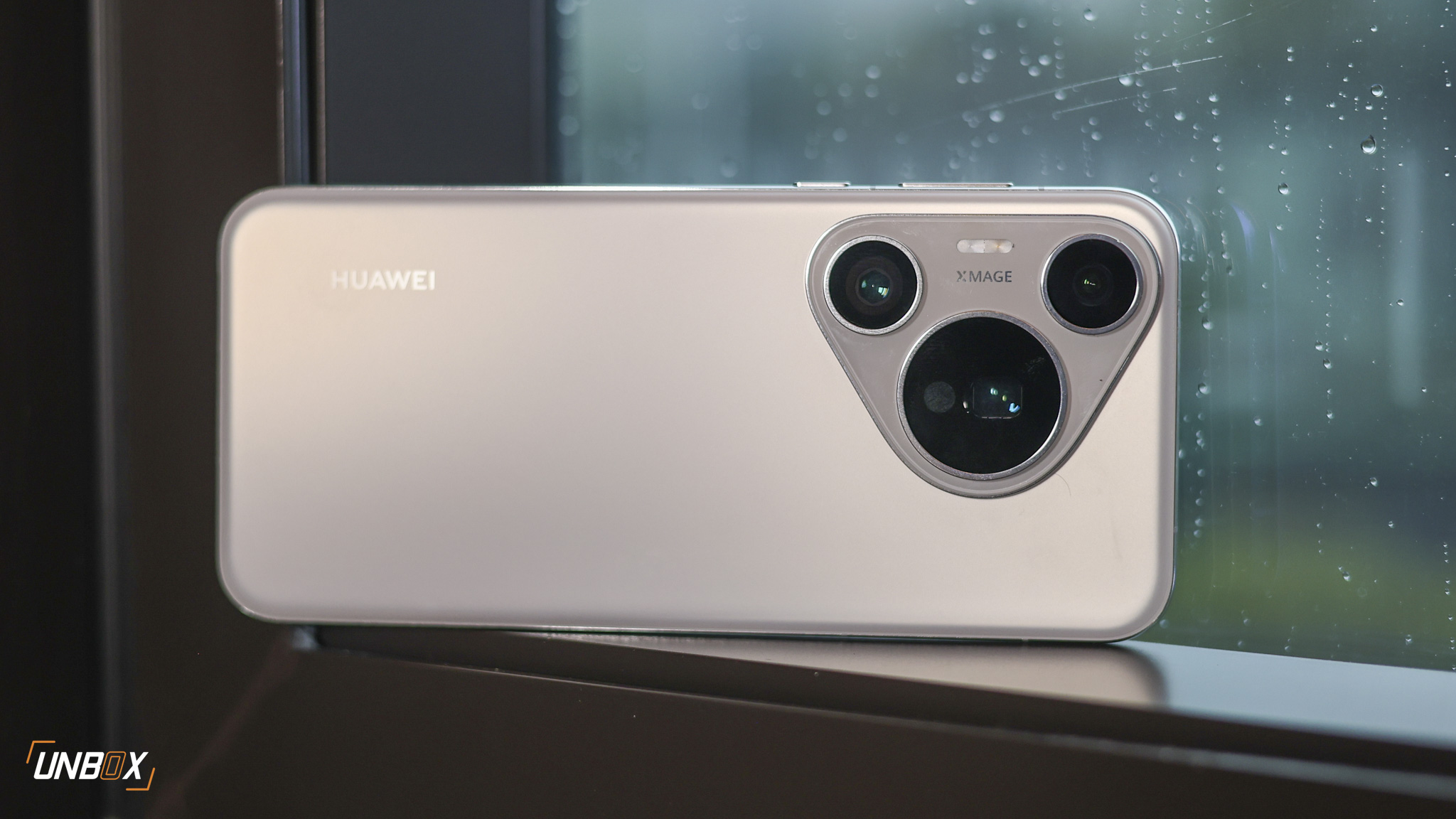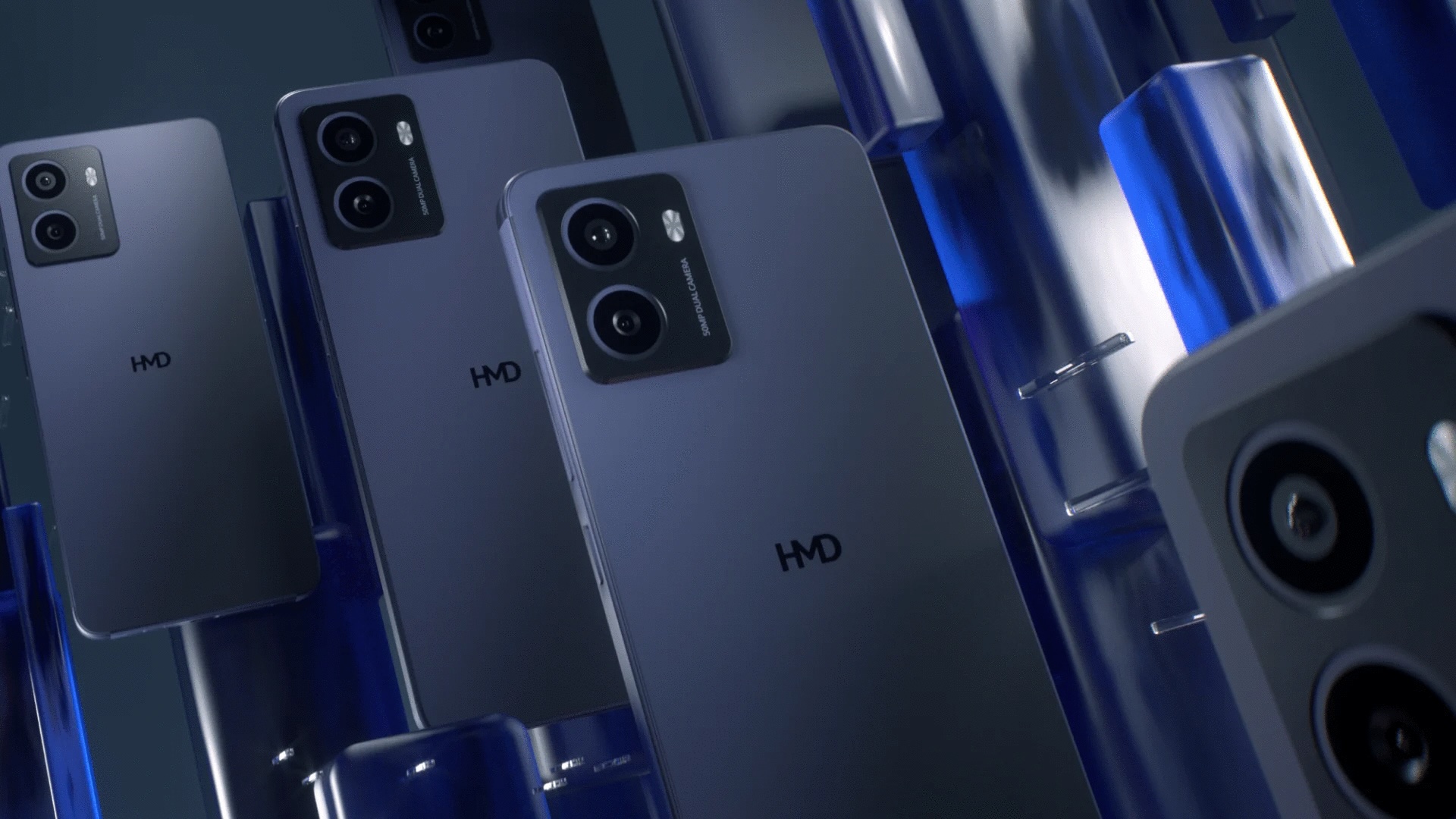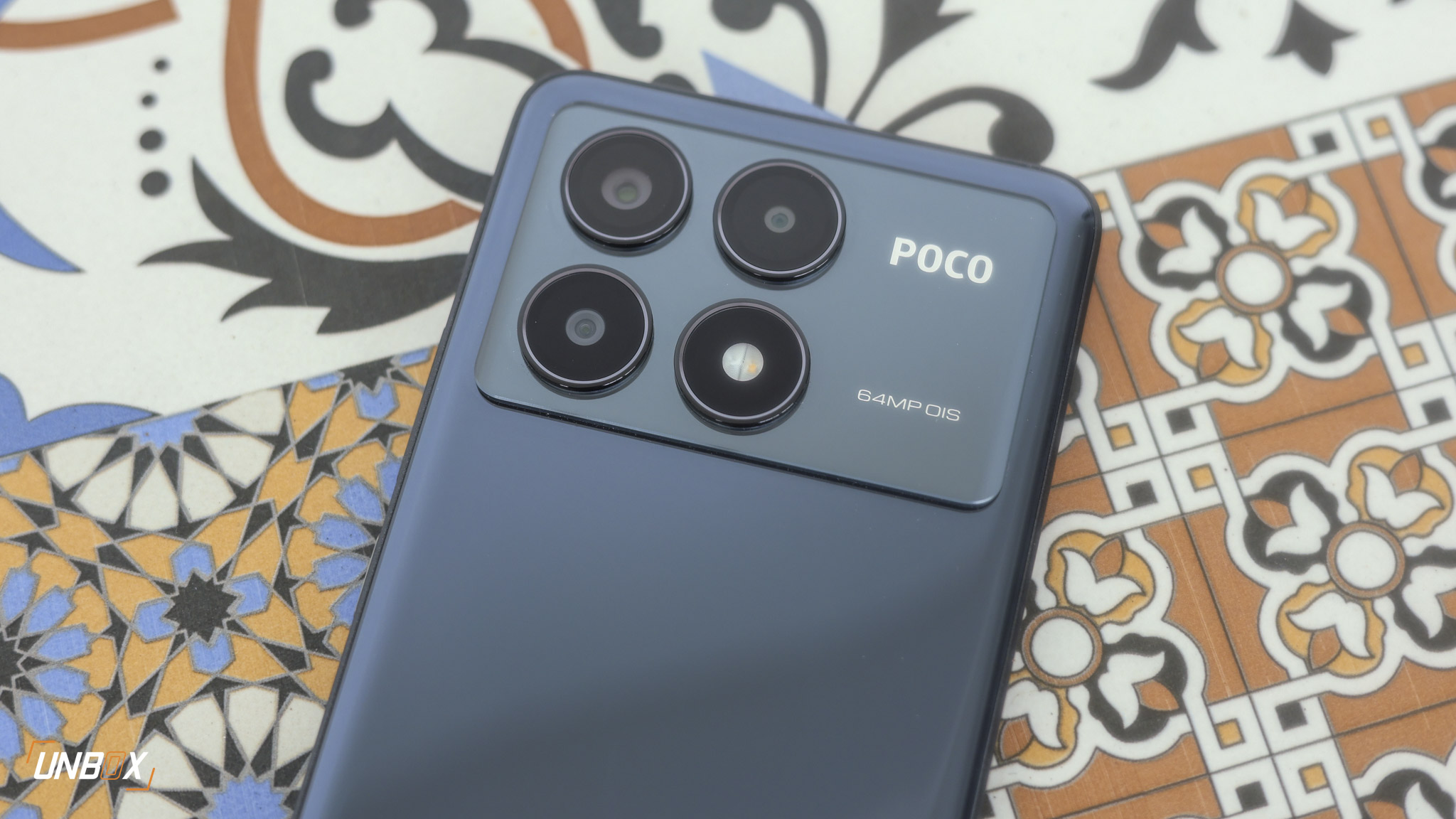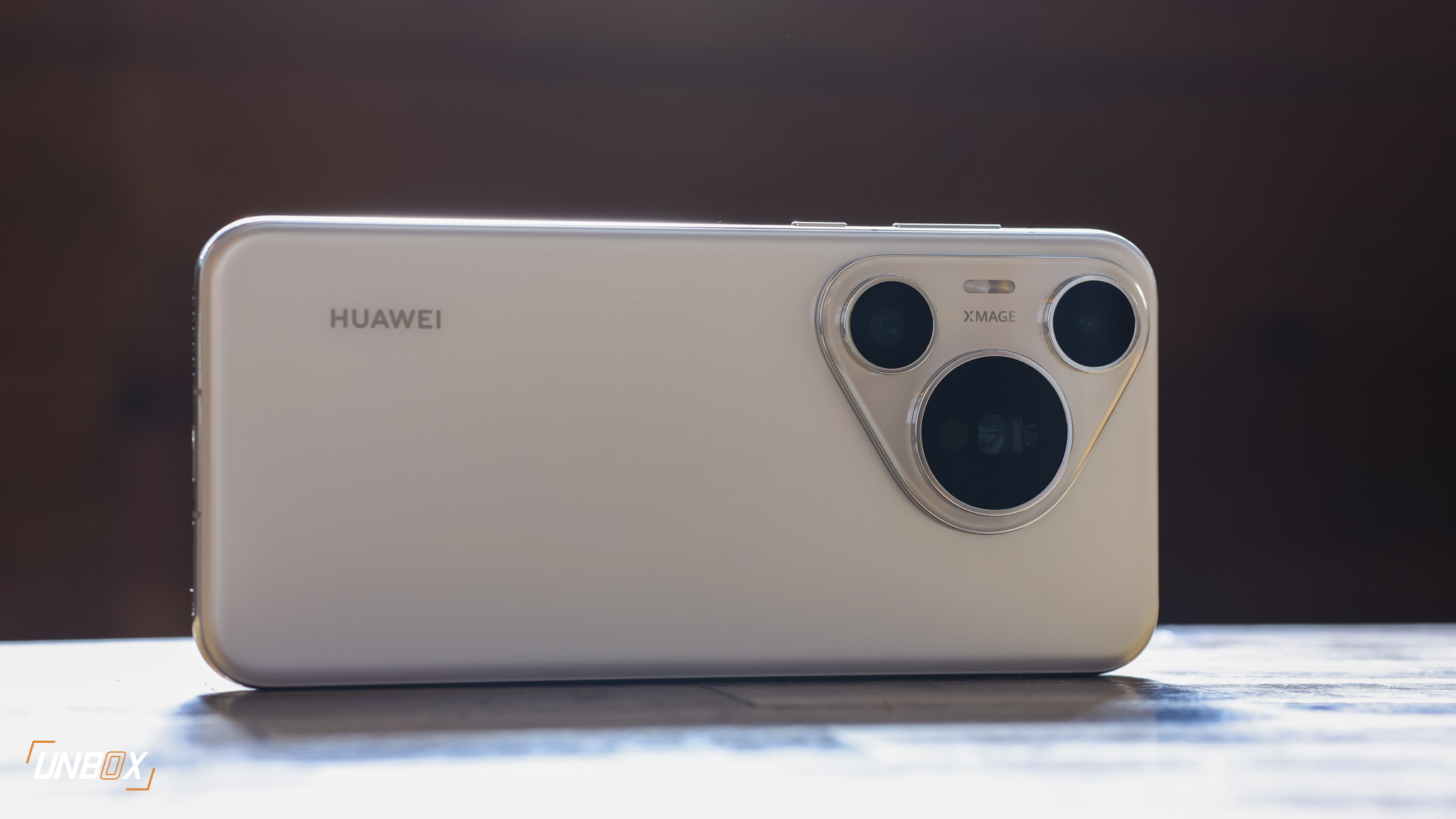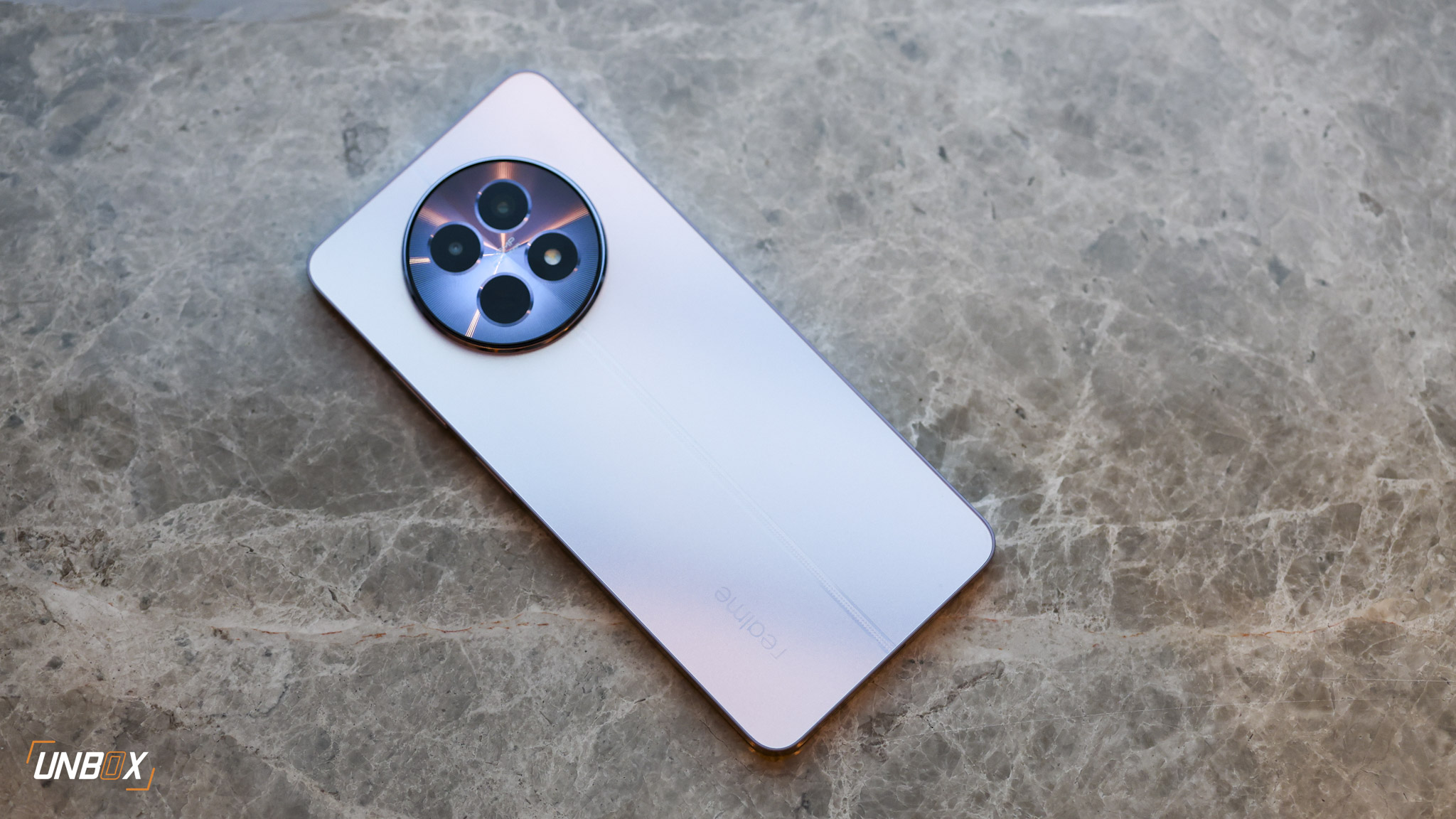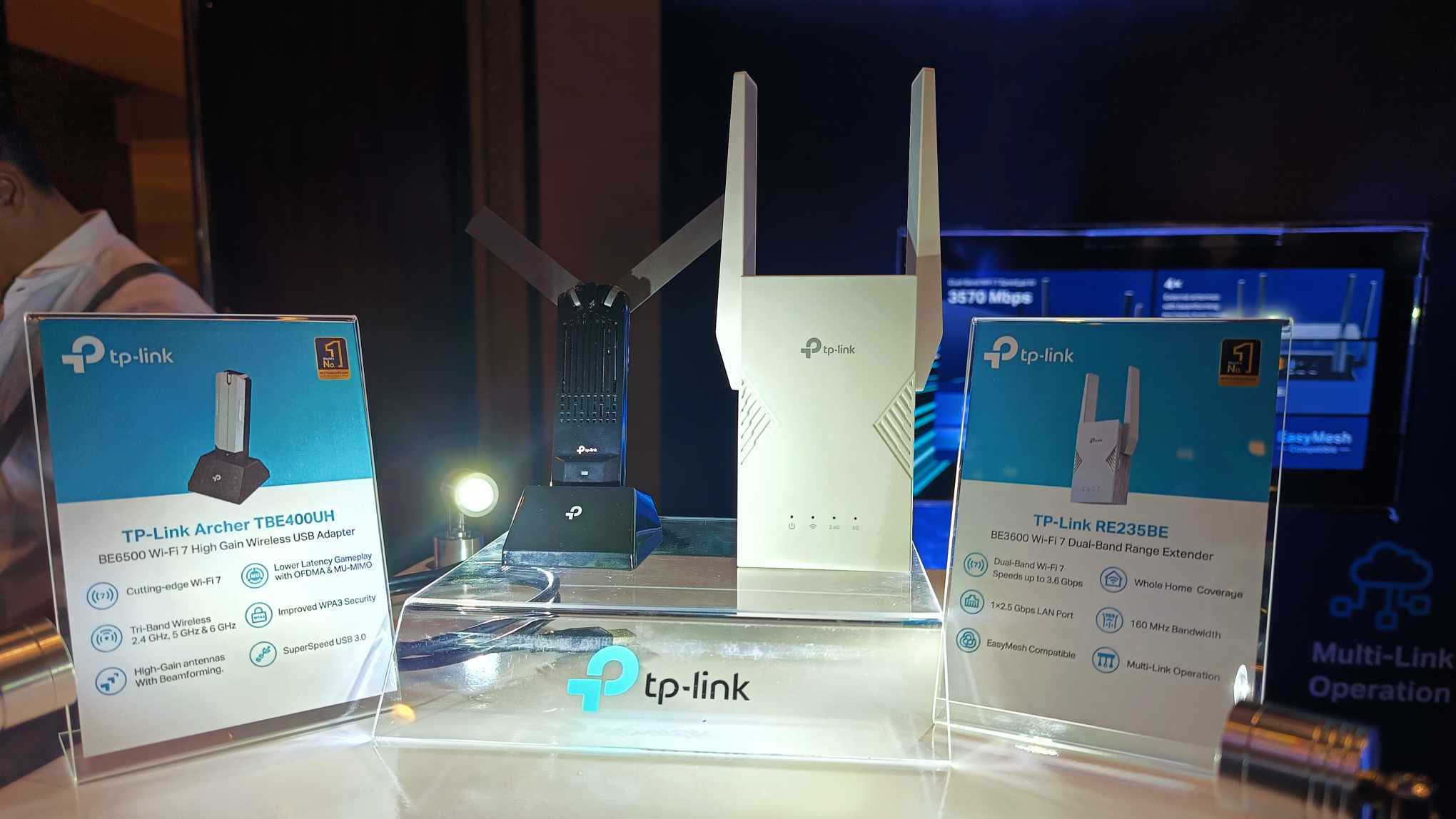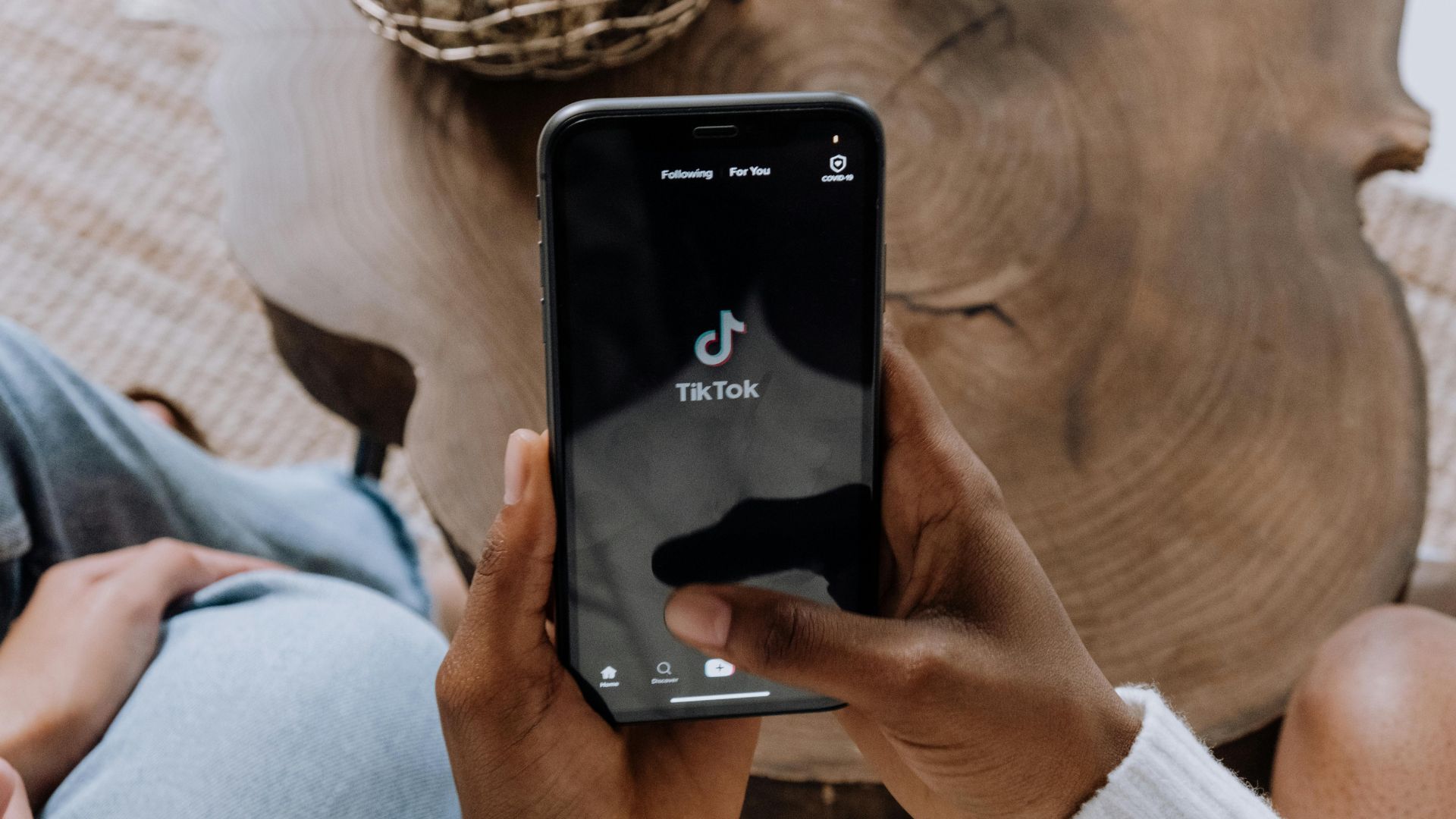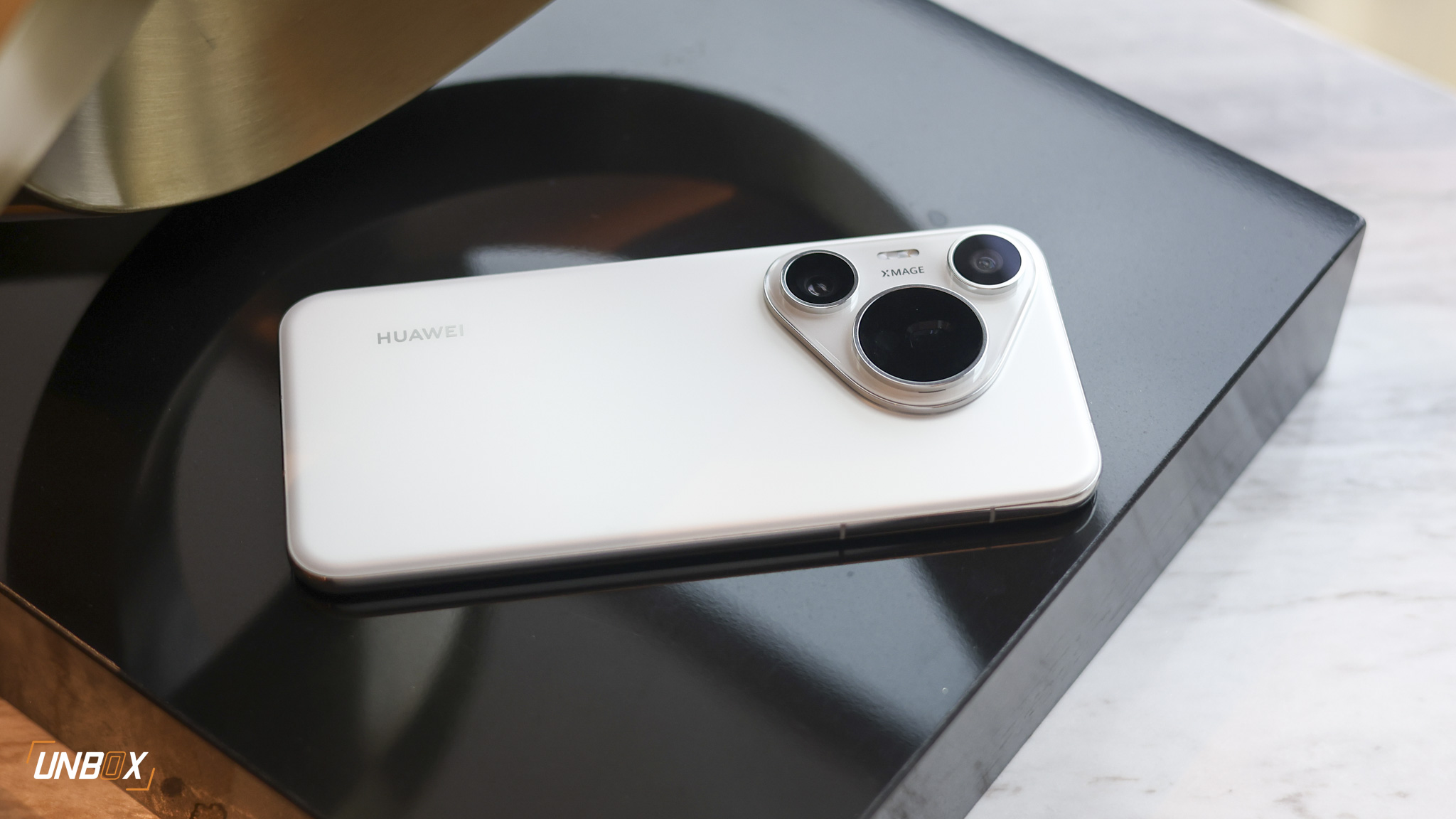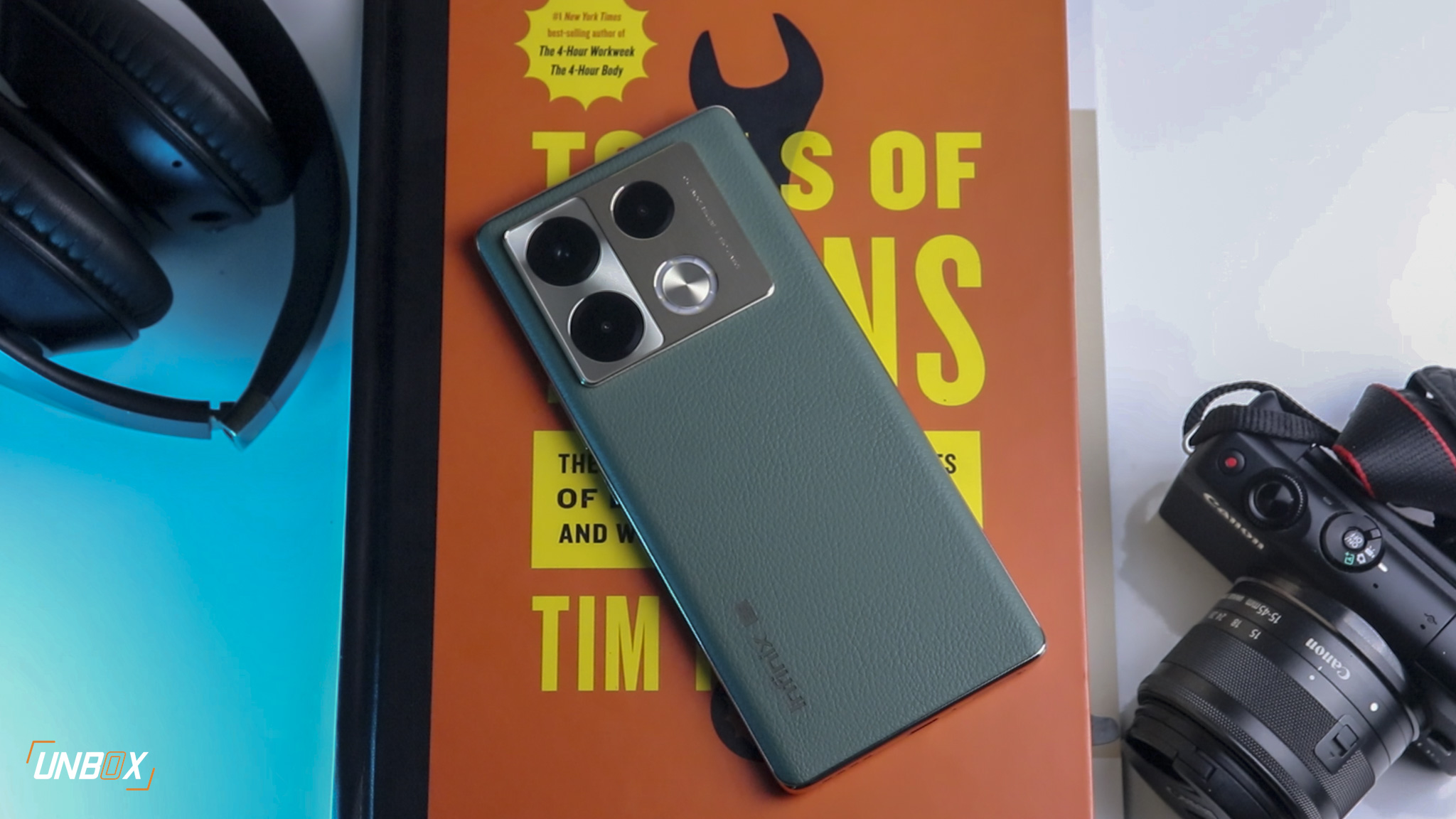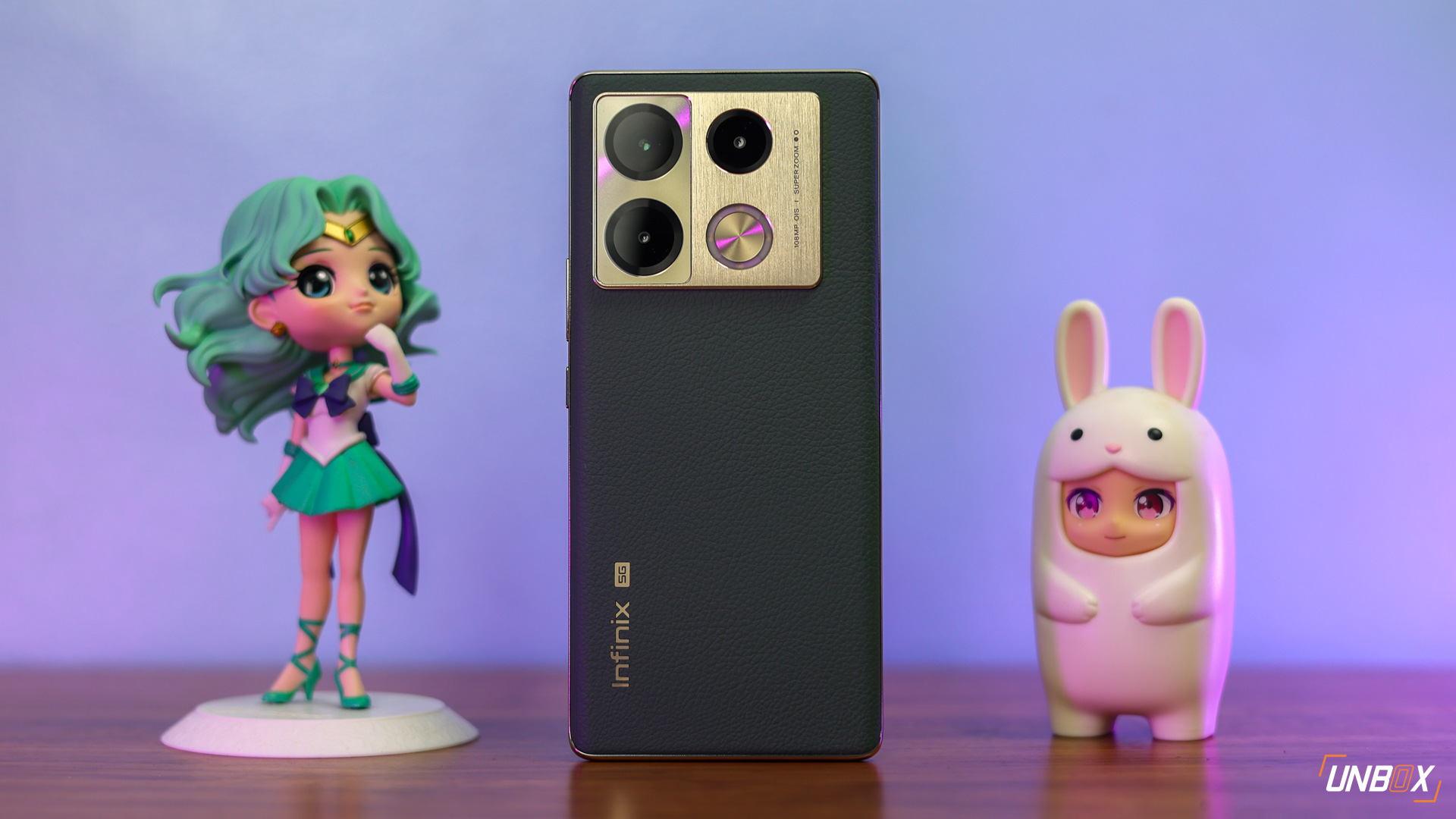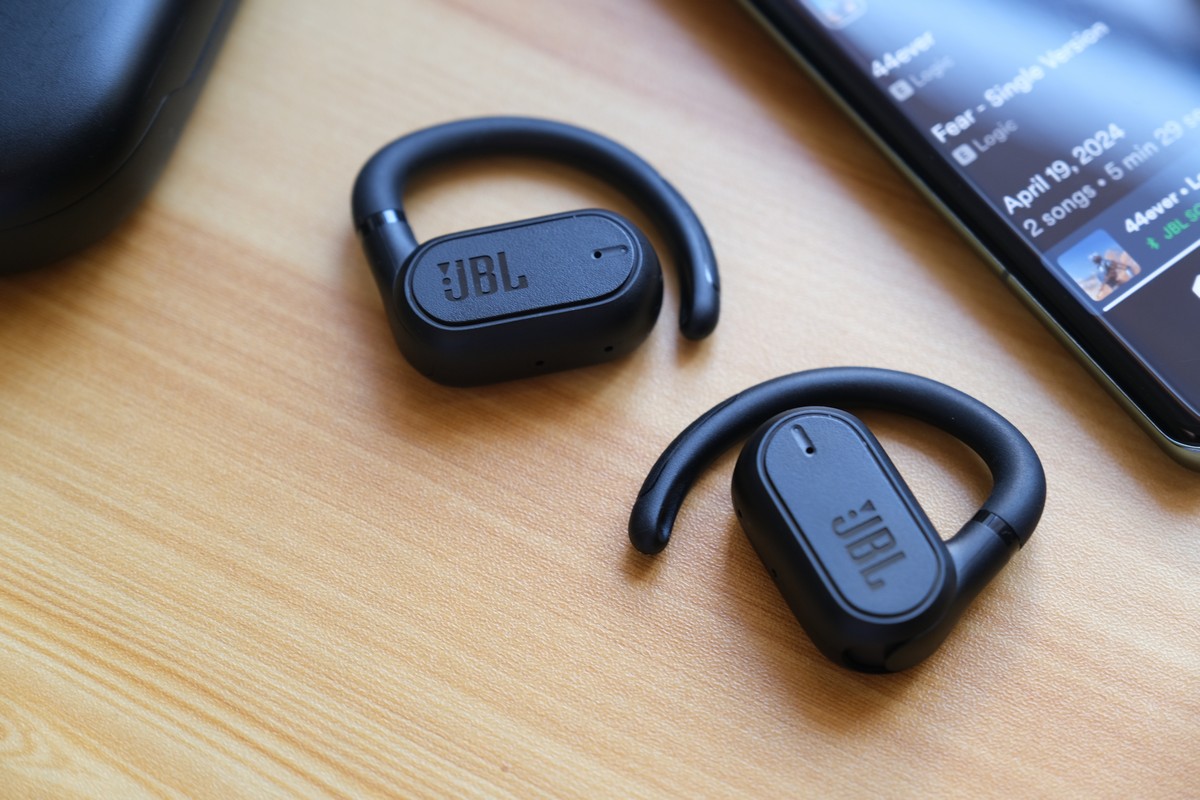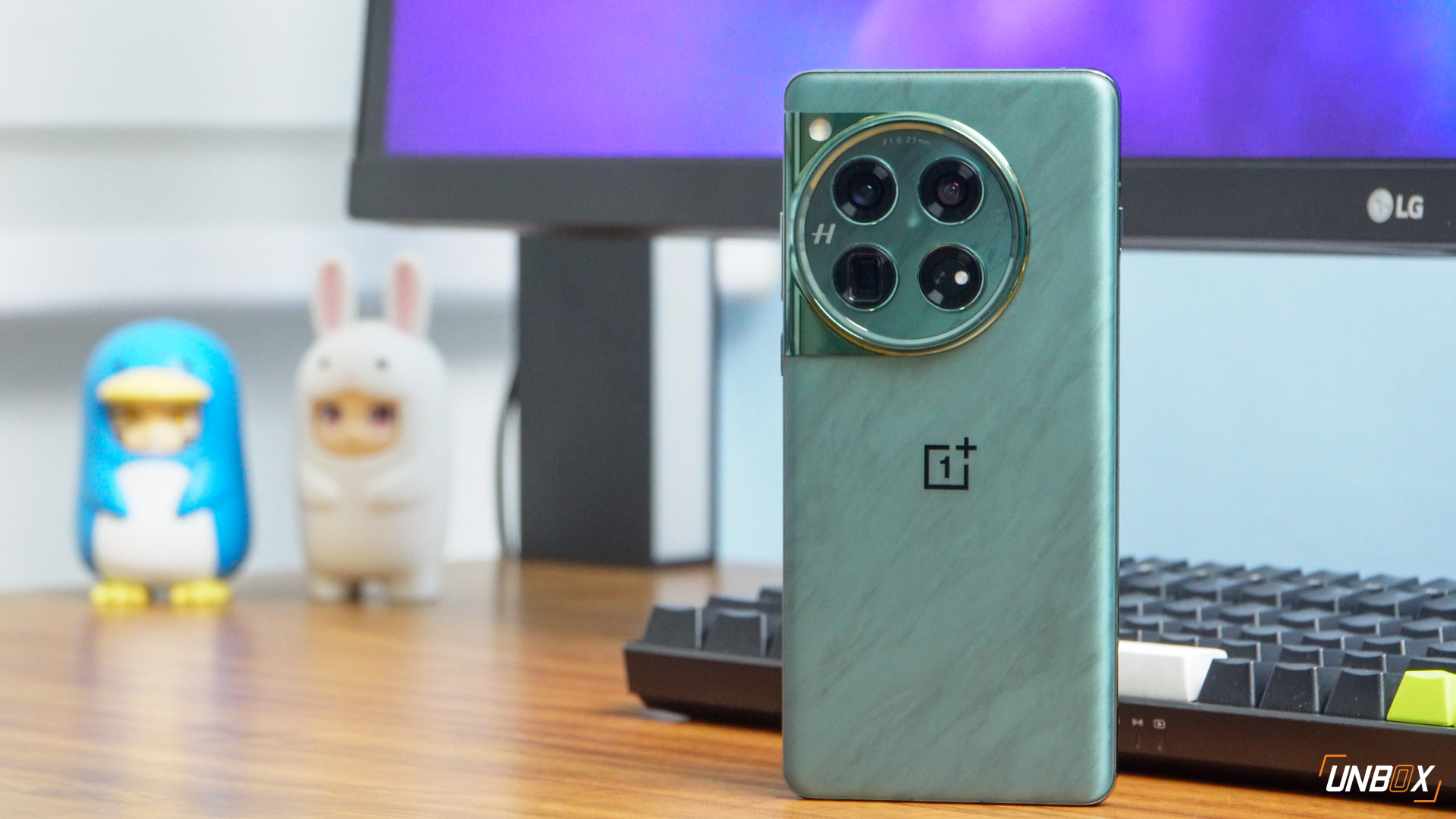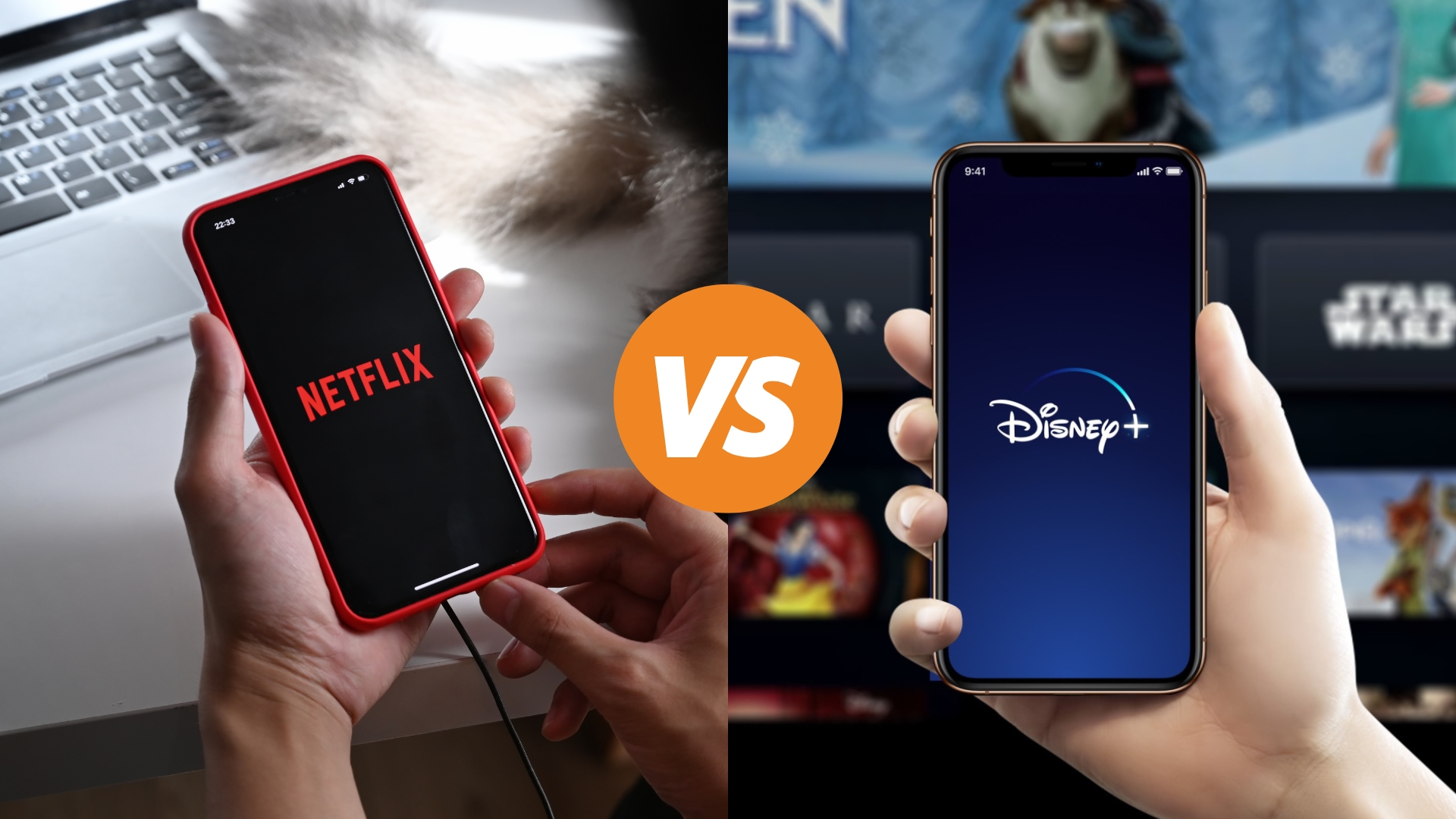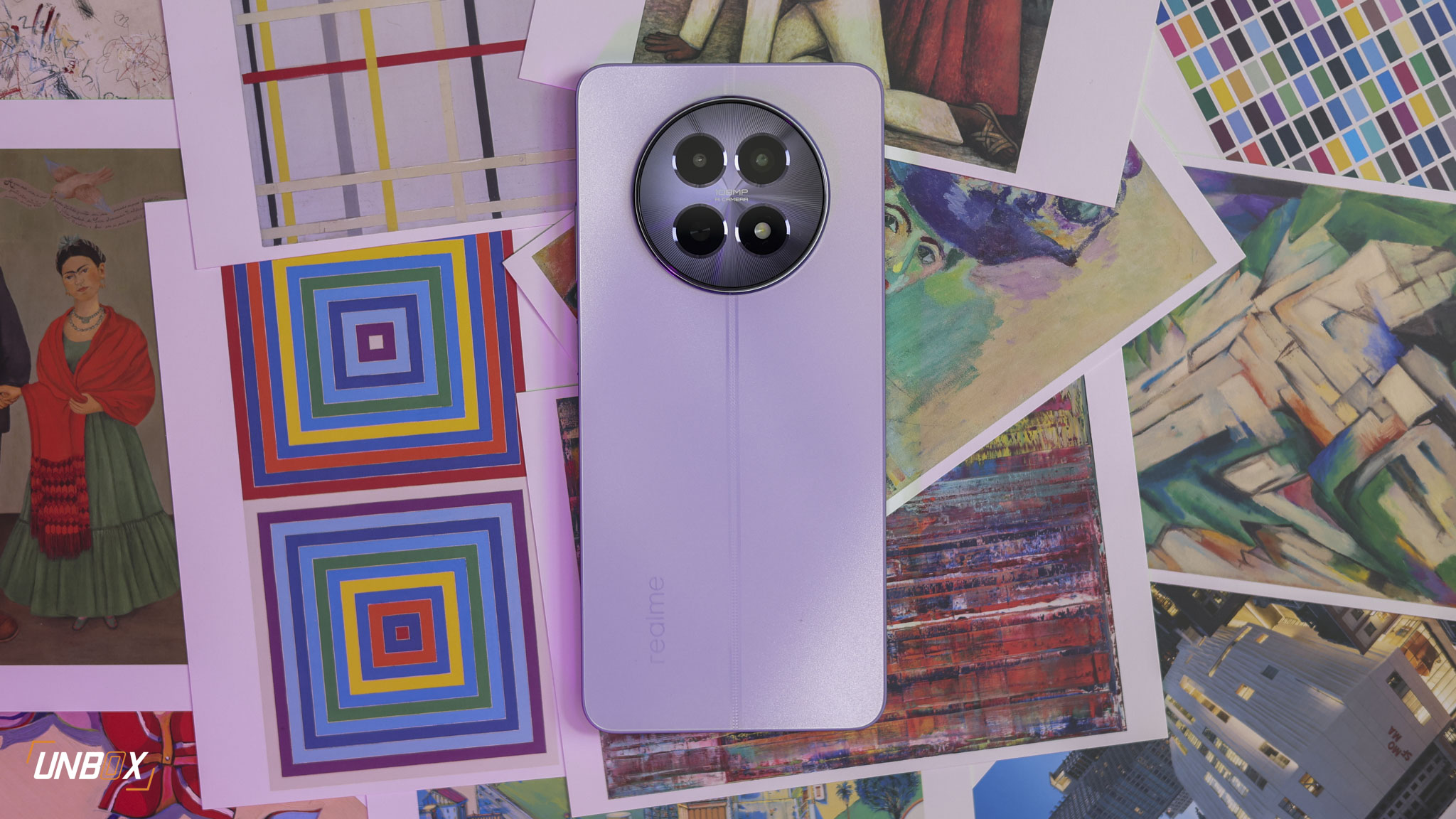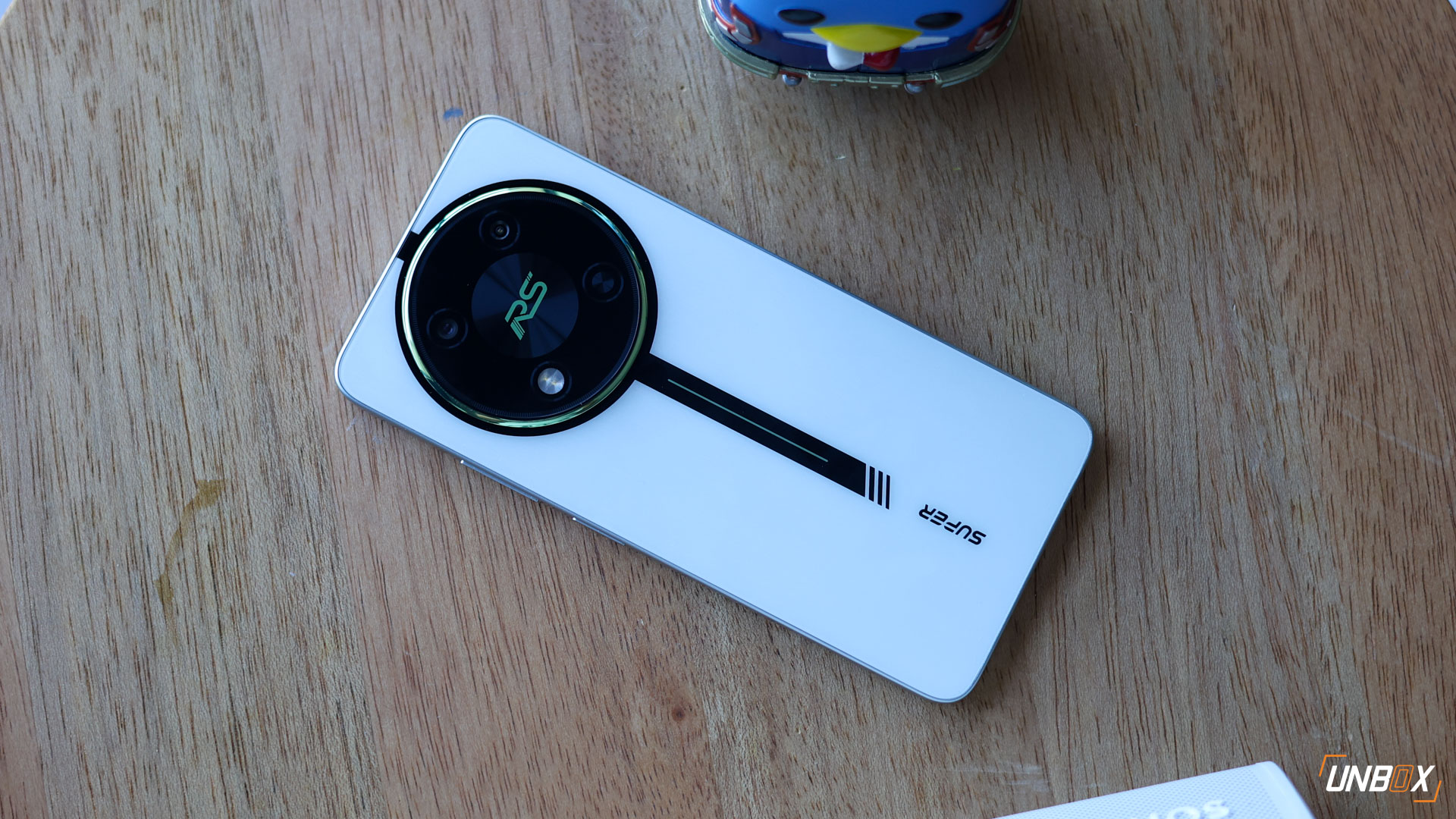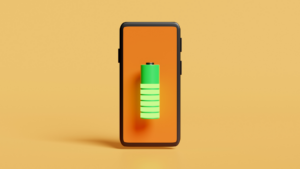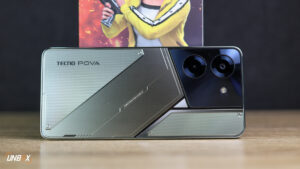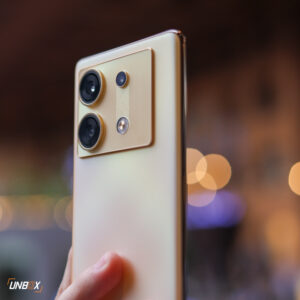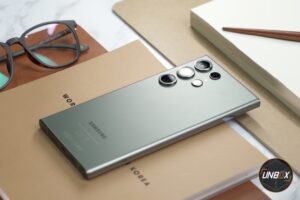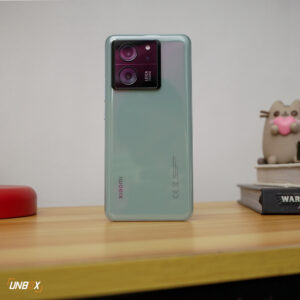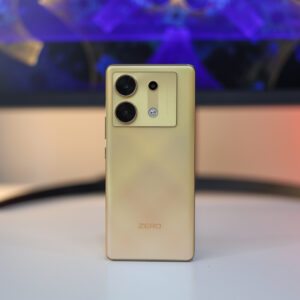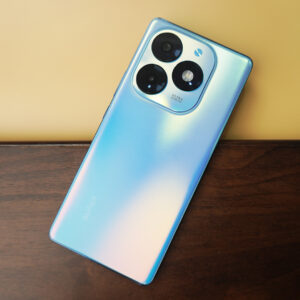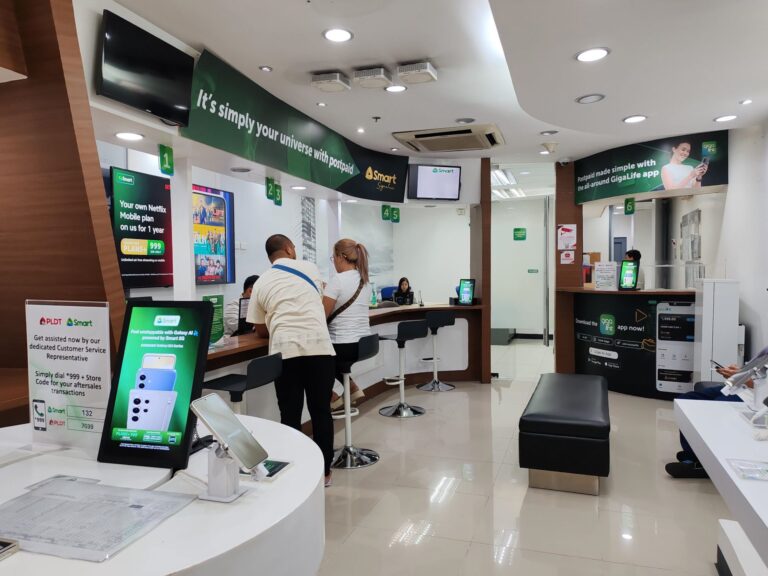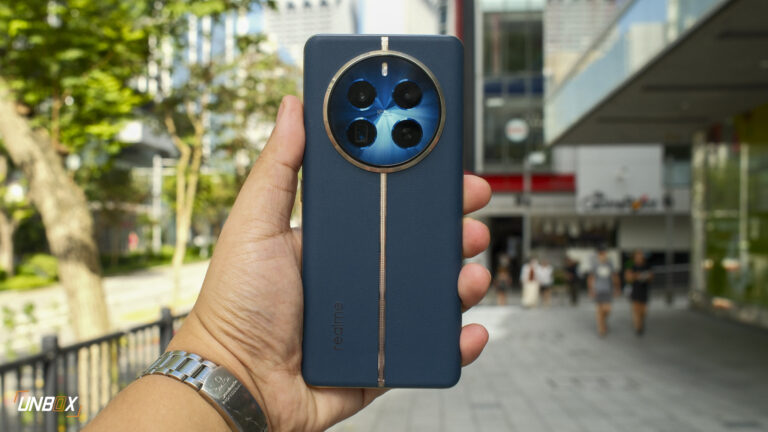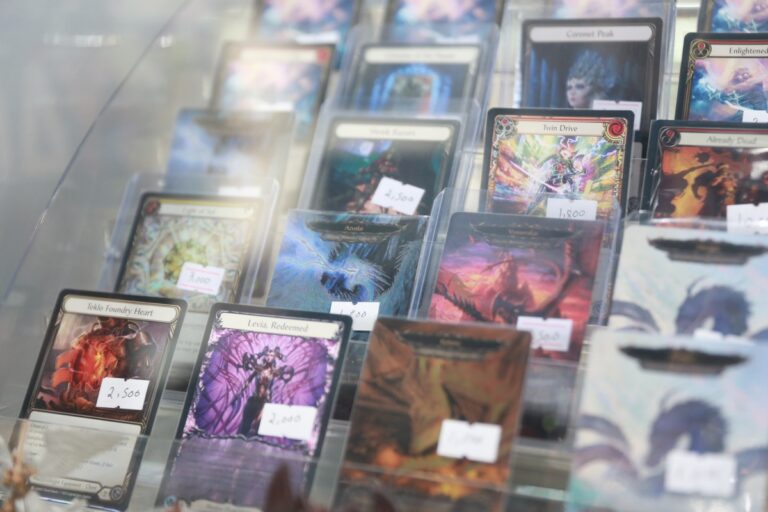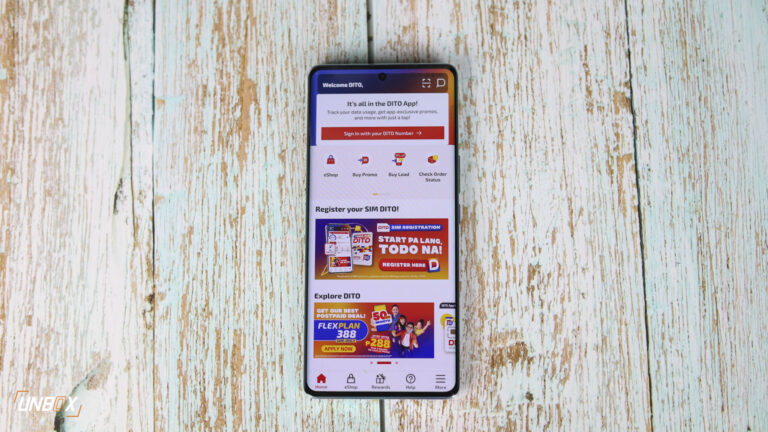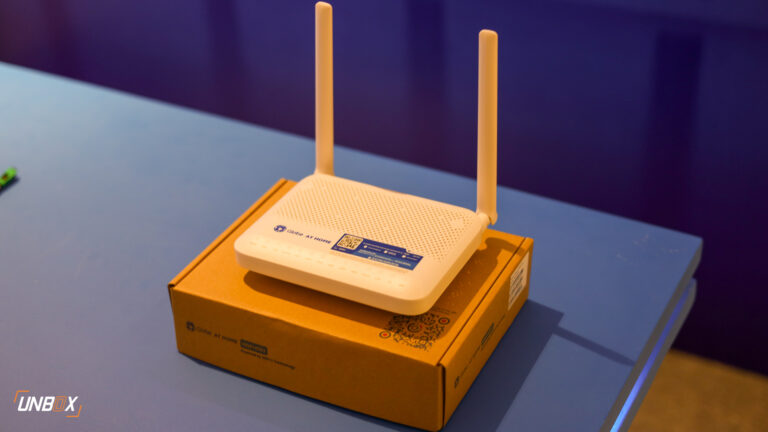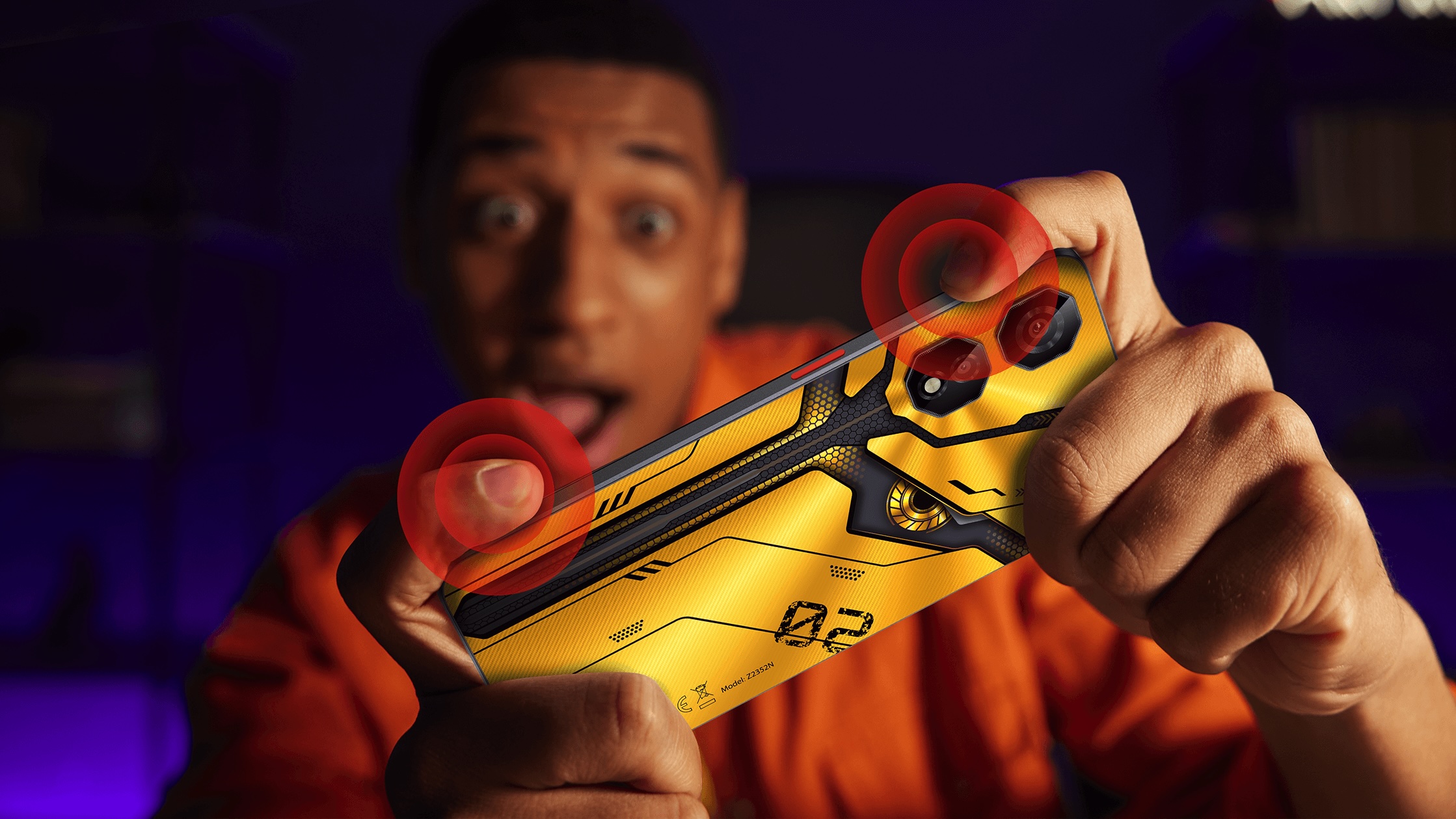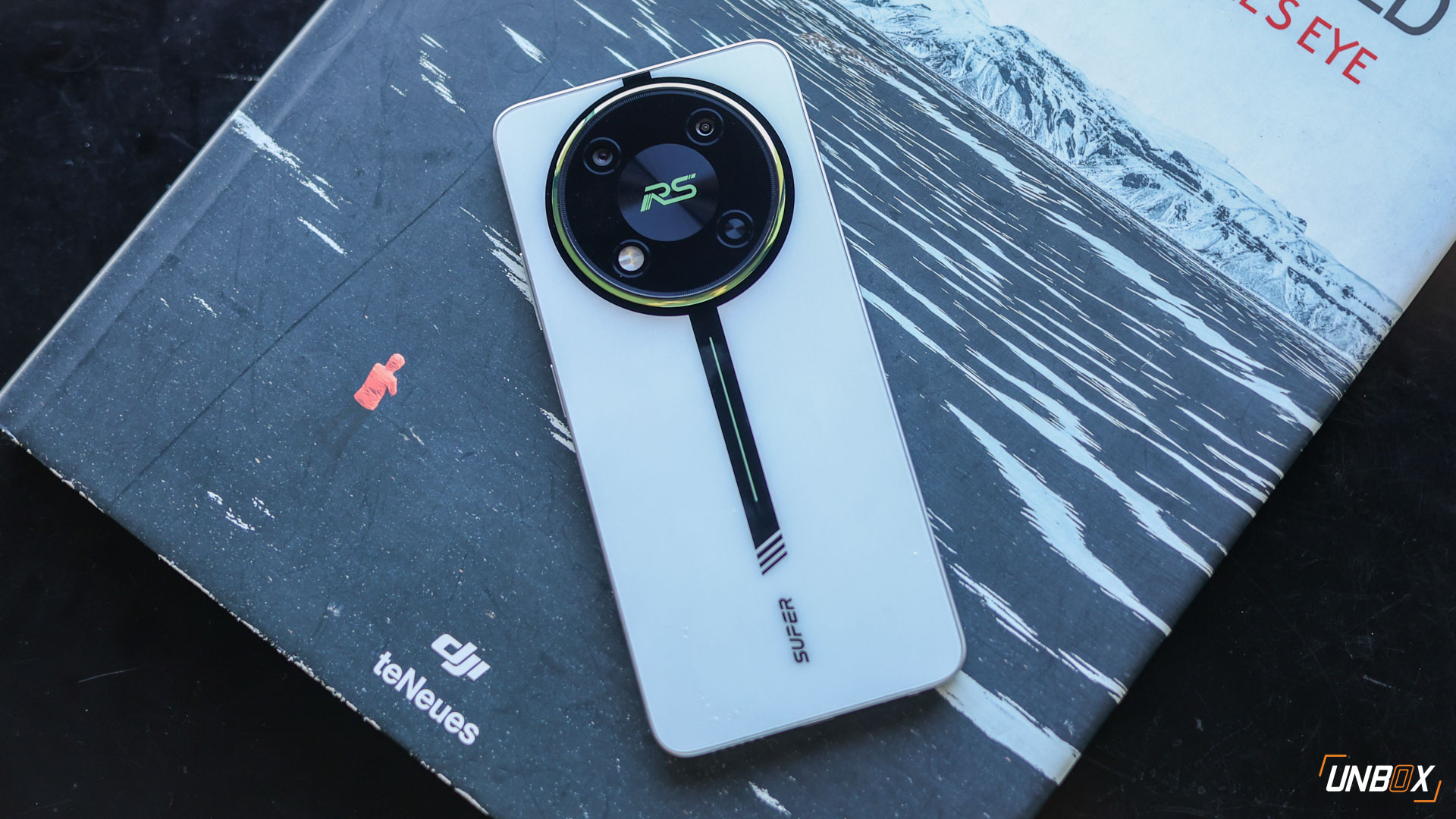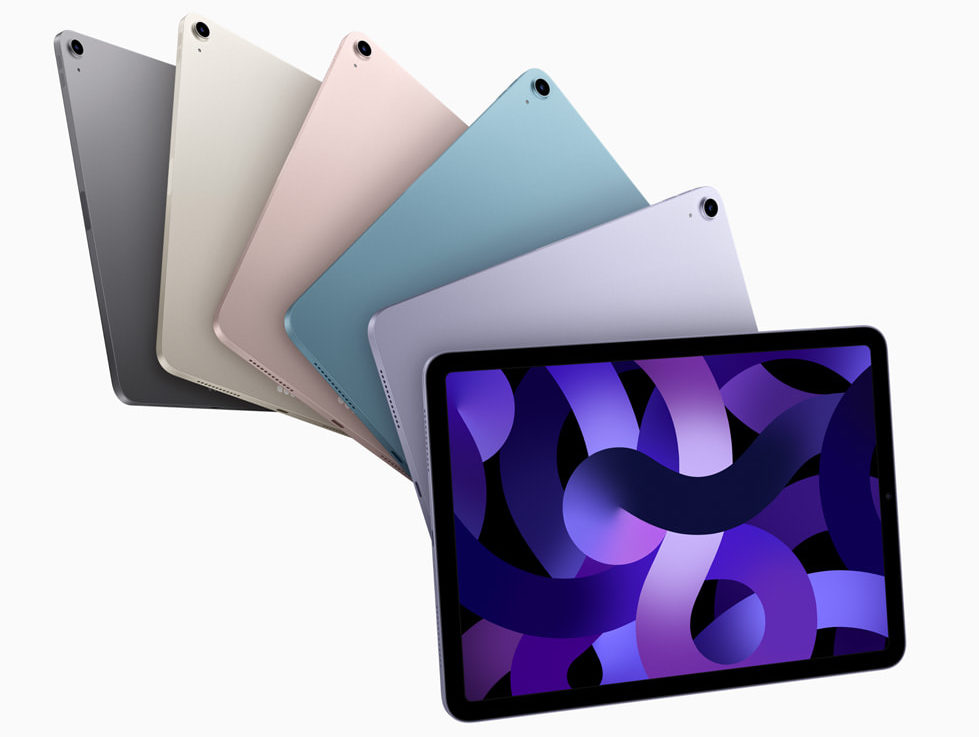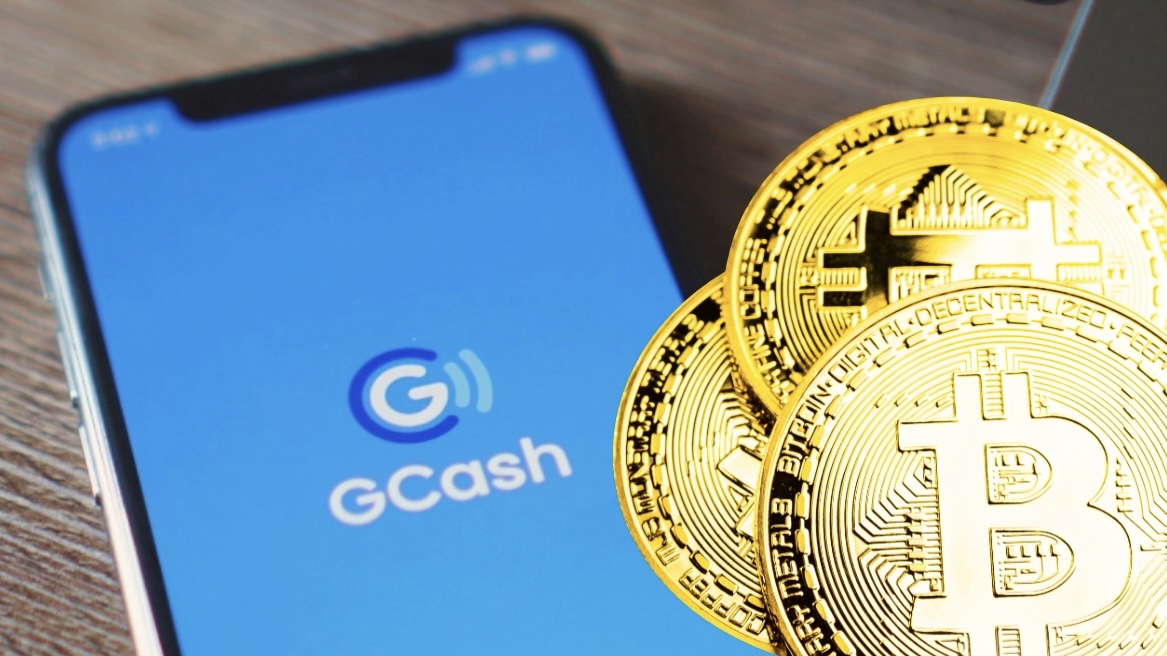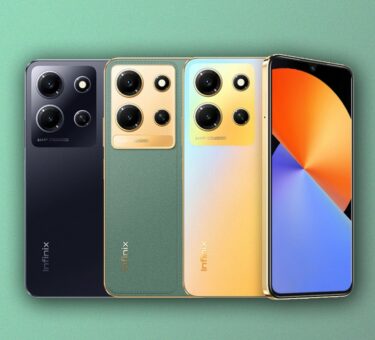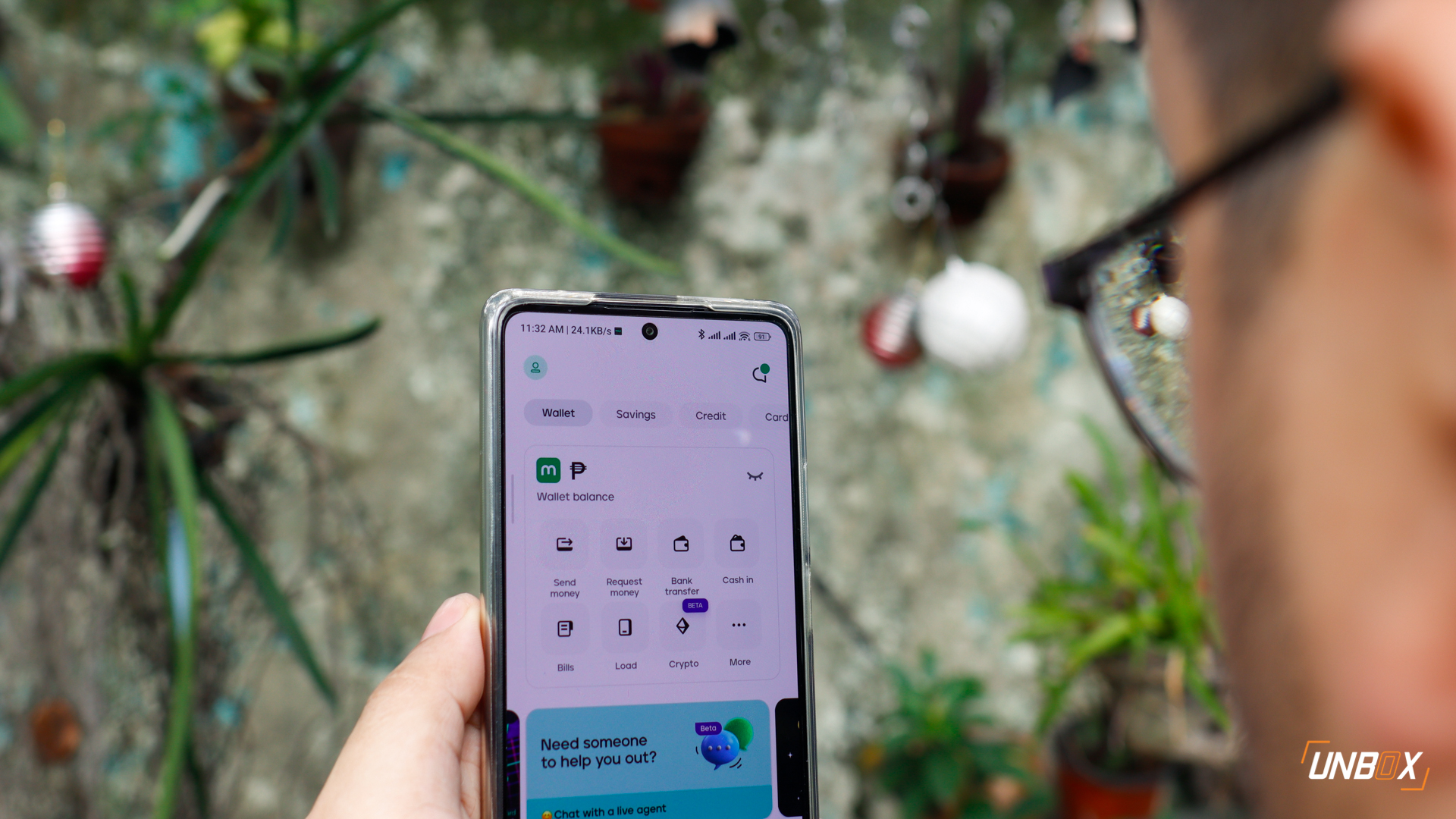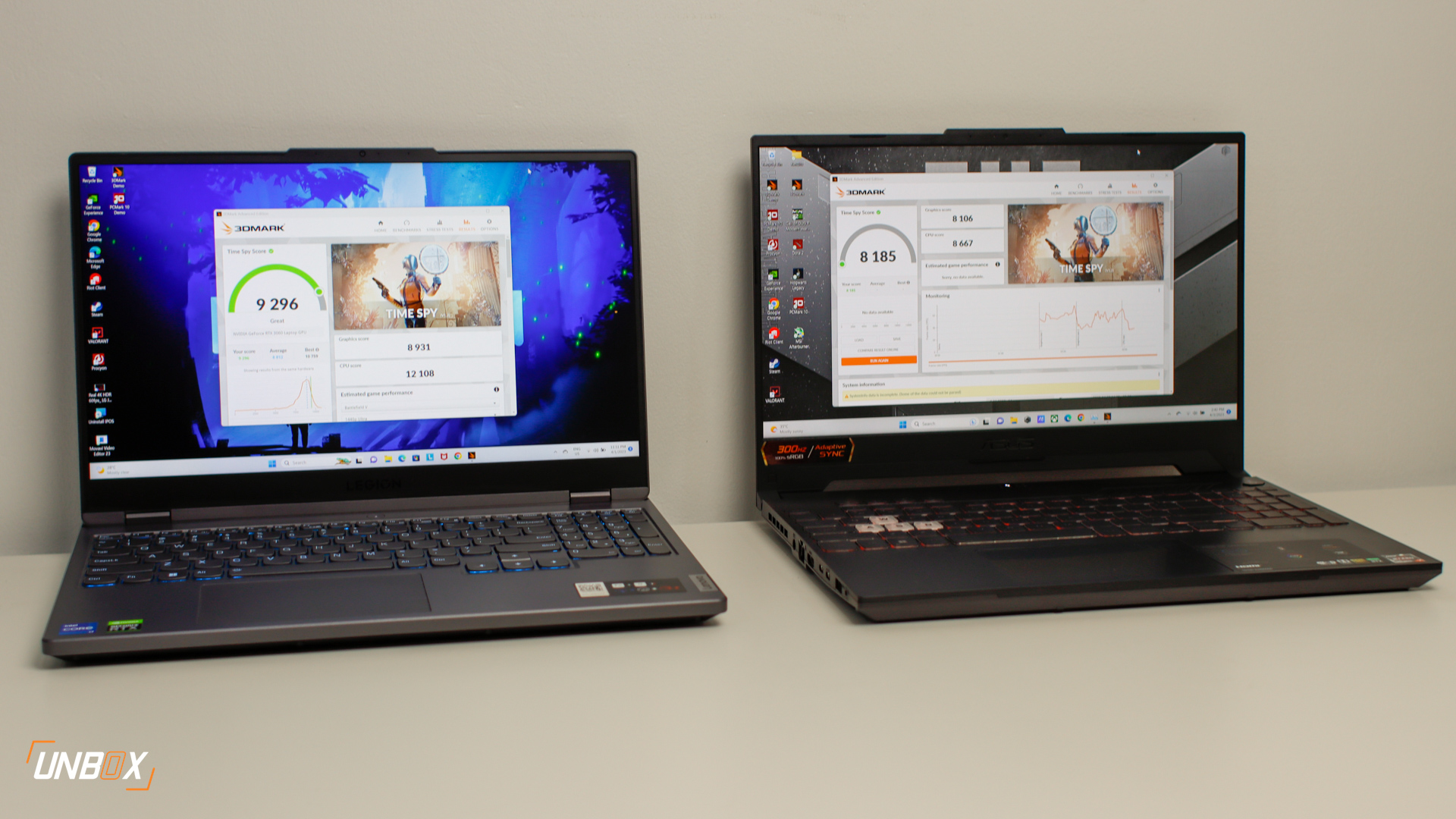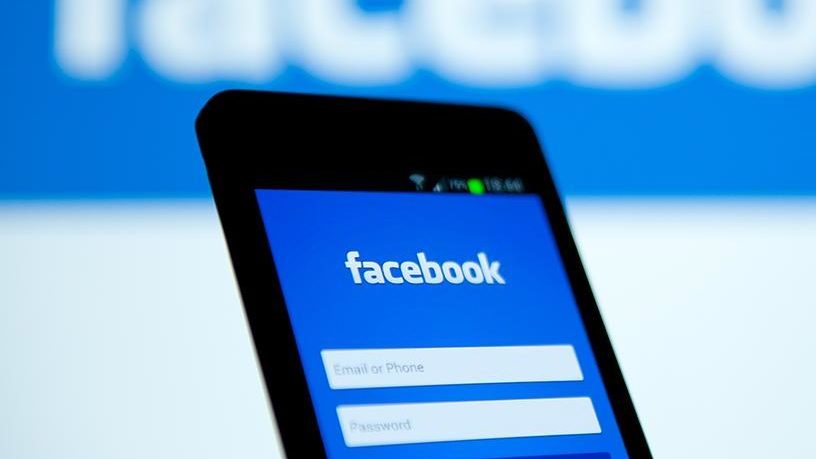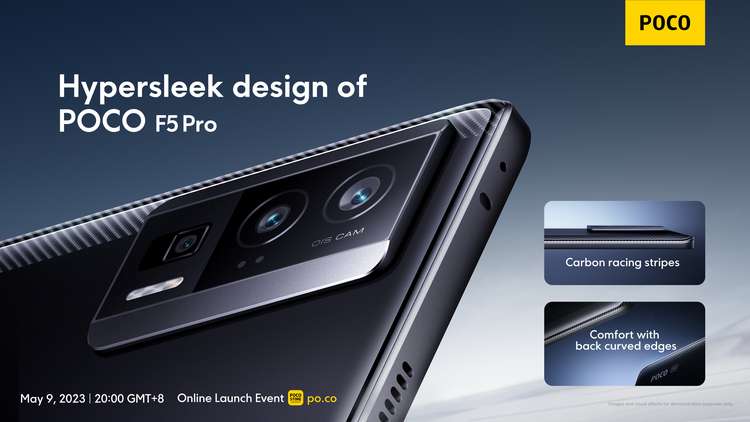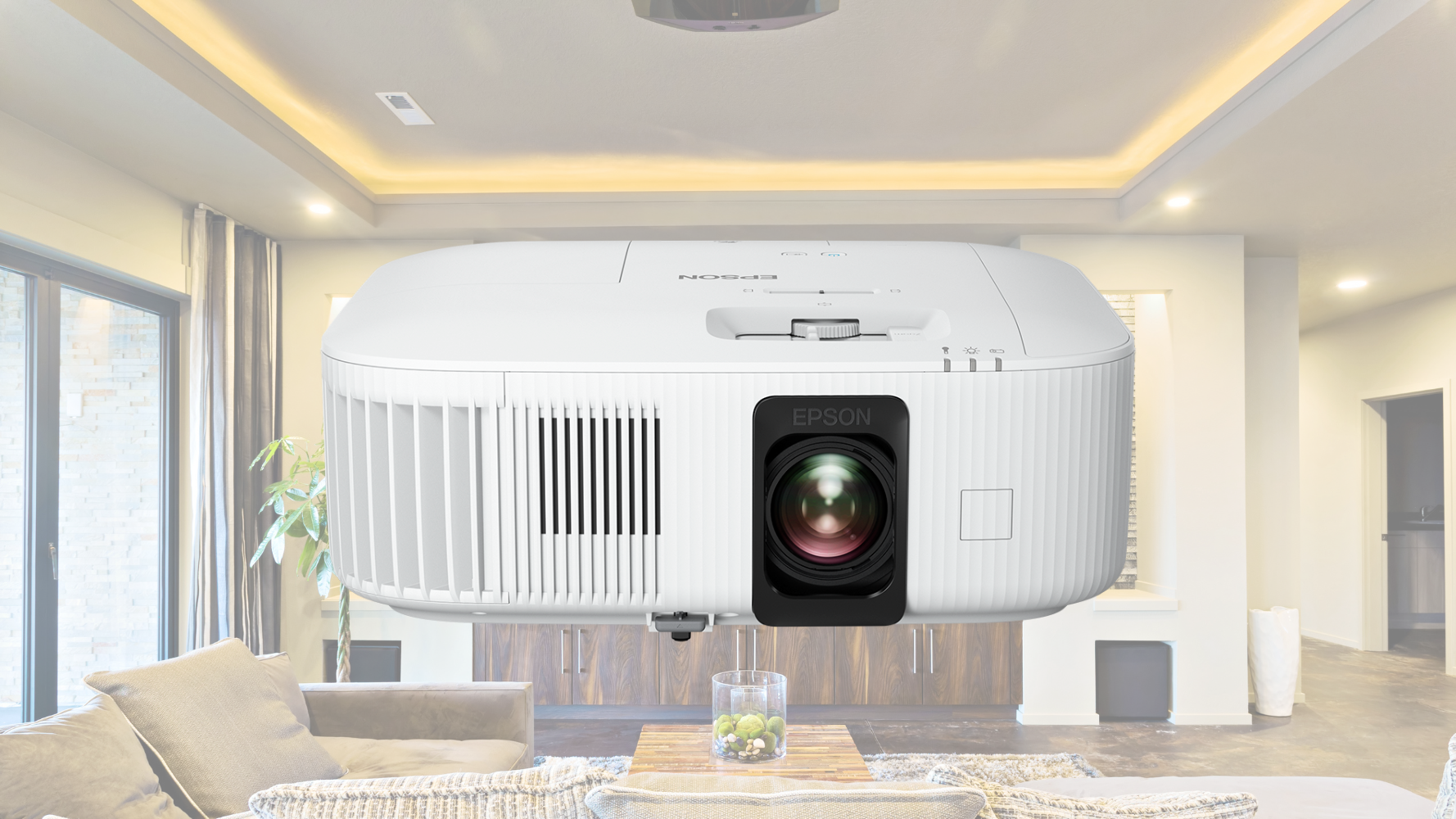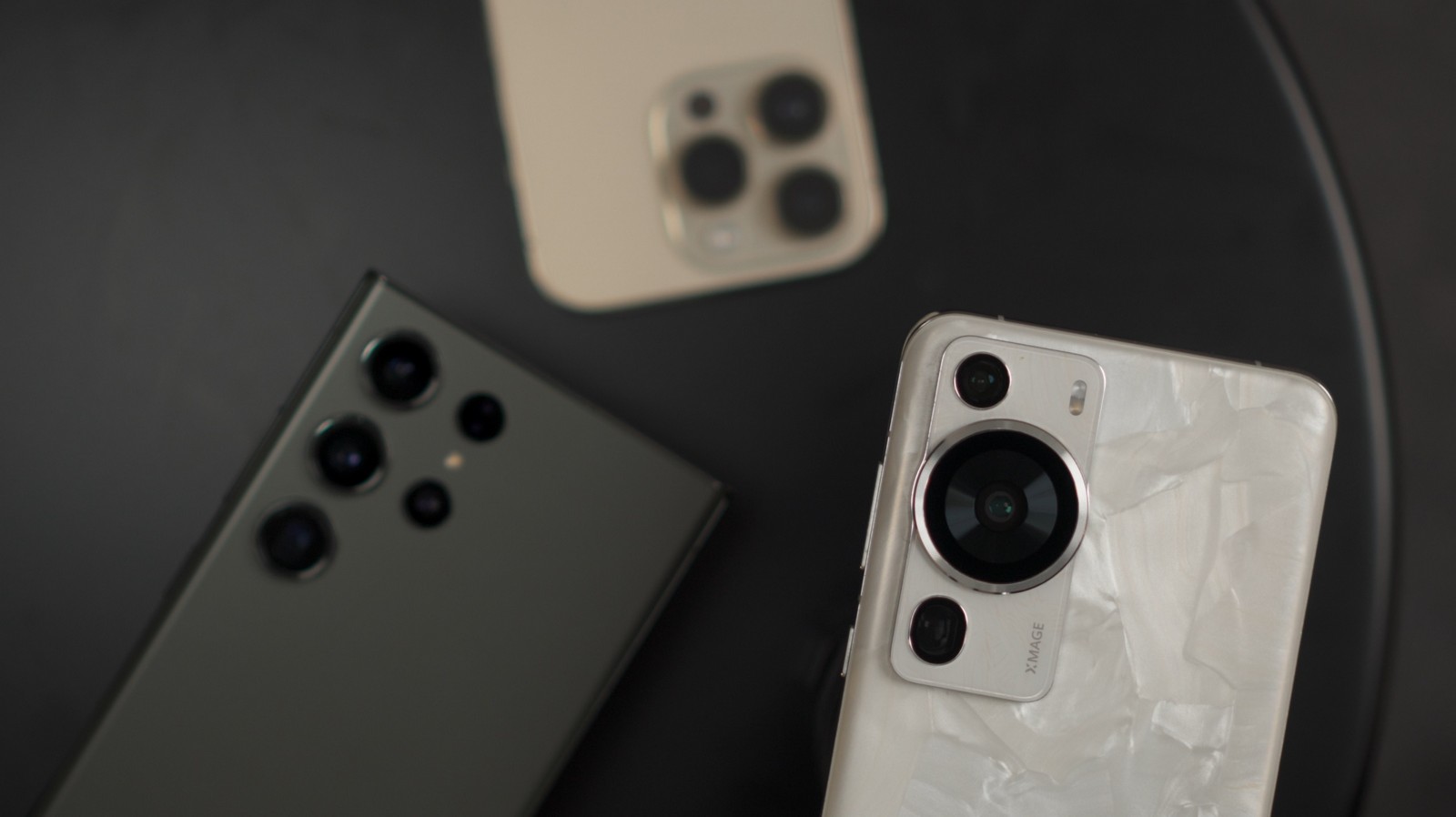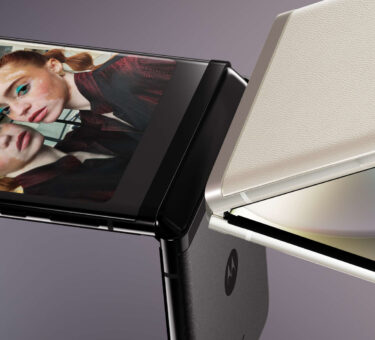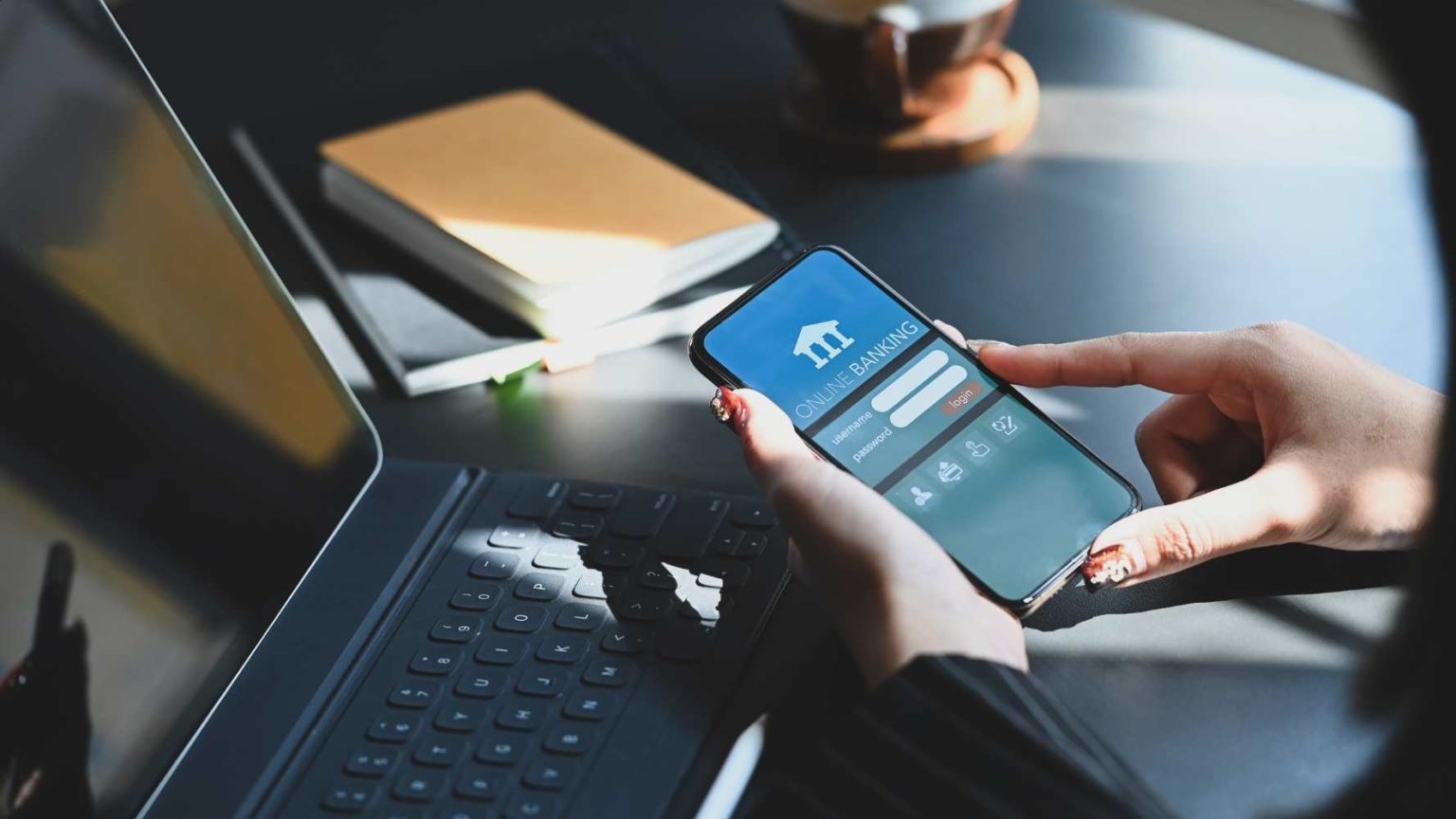
Next up on our Head-to-Head: MWC 2017 series is the battle between Huawei’s previous and current gen P Series flagships, the P9 versus the recently-revealed P10. Both smartphones are still dual-camera toting handsets, but there are noticeable improvements in the latest iteration of the P Series. Let’s take a look-see with a comparative breakdown between the two smartphones.
Huawei P9
- HiSilicon Kirin 955 octa-core processor
- ARM Mali-T880 MP4 GPU
- 3GB RAM
- 5.2-inch FHD IPS display, 1920 x 1080 resolution, 2.5D curved glass, Corning Gorilla Glass 3 / 4
- 32GB expandable storage, via microSD
- Twin Leica 12-megapixel rear cameras, f/2.2 aperture, BSI, 4-in-1 Hybrid AF
- 8-megapixel front camera, f/2.4 aperture
- Dual SIM
- WiFi, Bluetooth, GPS, A-GPS, GLONASS, BDS, NFC
- Fingerprint scanner, USB Type-C port
- 3000mAh battery
- Android 6.0 Marshmallow (EMUI 4.1)
Related: Huawei P9 Hands-on, First Impressions: Leica Boss
Huawei P10
- HiSilicon Kirin 960 octa-core processor
- ARM Mali-G71 MP8 GPU
- 4GB RAM
- 5.1-inch FHD IPS display, 1920 x 1080 resolution, 2.5D curved glass, Corning Gorilla Glass 5
- 64GB expandable storage, via microSD
- Dual Leica rear cameras, 12-megapixel color sensor, 20-megapixel monochrome sensor, f/2.2 aperture, OIS, 4-in-1 Hybrid AF
- 8-megapixel Leica front camera, f/1.9 aperture, AF
- Dual SIM
- WiFi, Bluetooth, GPS, A-GPS, GLONASS, BDS, NFC
- Fingerprint scanner, USB Type-C port
- 3200mAh battery, Huawei SuperCharge
- Android 7.0 Nougat (EMUI 5.1)
Related: Huawei P10 Initial Review: The Dual-camera Refined

First up, let’s talk about the handsets’ SoCs. The P10 builds on the P9’s success with a shiny chipset upgrade in the form of the Kirin 960, the same CPU found in the company’s Mate 9. According to Huawei, the 960 is around 15% more powerful than the previous Kirin 955 and boasts even better thermals and power efficiency thanks to its new Cortex-A73 cores. For the GPUs, here we see a major upgrade in P10’s new Mali-G71 MP8 graphics unit, which is claimed to have an 180% performance boost over the older Mali-T880 MP4. The new Mali GPU also features 20% better power efficiency and 40% better performance density compared to the previous generation. Other notable improvements in the Kirin 960 include support for the latest LPDDR4 RAM at 1800MHz, as well as support for UFS 2.1 flash memory. Oh, and the P10 has 1 more gig of RAM than the P9.

Display-wise, the Huawei P10 sports a smaller, but a bit sharper (due to pixel density) and relatively sturdier screen thanks to Corning’s latest Gorilla Glass 5 technology. Both smartphone’s displays are still stuck in the Full HD era with In-Plane Switching (IPS) panels. No big difference between the two phones here.
As for design DNA and build, from a distance, you’d be hard-pressed to distinguish the new P10 from the older P9. Both handsets share the same design pedigree. The only major change in the P10 is the relocation of the fingerprint sensor, which was originally at the P9’s back, to the front. Both are still clad in the same sleek, all-metal frame. Again, no biggie in this category.

The camera department is where things change drastically, and likely for the better as well. The P10 now packs a Leica-developed 8-megapixel front snapper with a better aperture rating. As for the rears, the P9 shipped with a twin 12-megapixel Leica sensor. The P10 overhauls that config with a dual camera setup composed of a 12MP color sensor and a 20MP monochrome sensor working in tandem. Optical Image Stabilization (OIS) is a welcome addition to these cameras as well, promising sharper images and smoother videos taken. We can’t wait to try the P10 (and its larger incarnation with an even better dual rear camera setup, the P10 Plus) out for a photography and video spree.
On battery capacity and throughput, here are our expectations. While the P10 only adds a measly 200mAh to the previous P9’s juice pack, it’s important to note that its new Kirin 960 SoC will be delivering better power efficiency, most likely resulting in noticeably longer battery life. The inclusion of Huawei’s SuperCharge technology, which originally debuted on the Mate 9, is a much-needed quality-of-life feature that should be a staple from this point forward on all Huawei flagship line phones.

Finally, we’ll glance on the subject of pricing. Huawei has announced that the P10 will cost around EUR 649 (~Php 36K) in the European region. The P9 came out with a price tag of EUR 599 (~Php 30K). That’s a 20% price difference right there, and it’s probably warranted when considering the P10’s SoC and camera upgrades.


